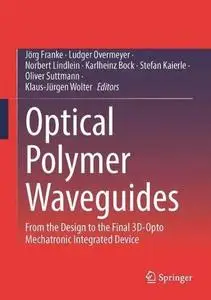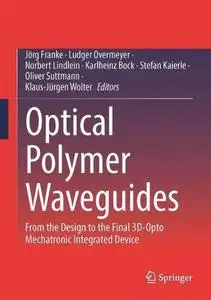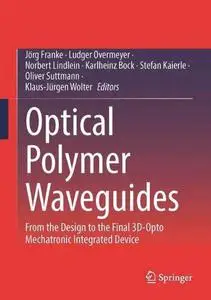Optical Polymer Waveguides: From the Design to the Final 3D-Opto Mechatronic Integrated Device by Jörg Franke, Ludger Overmeyer, Norbert Lindlein, Karlheinz Bock, Stefan Kaierle, Oliver Suttmann, Klaus-Jürgen Wolter
English | EPUB | 2022 | 283 Pages | ISBN : 3030928535 | 106.6 MB
Light signals in optical waveguides can be used to transmit very large amounts of data quickly and largely without interference. In the industrial and infrastructural sectors, e.g. in the automotive and aerospace industries, the demand to further exploit this potential is therefore increasing. Which technologies can be used to effectively integrate systems that transmit data by means of light into existing components? This is a central question for current research. So far, there have been some technical limitations in this regard. For example, it is difficult to couple the signal of an optical waveguide to other optical waveguides without interruption. There is also a lack of suitable fabrication technologies for three-dimensional waveguides, as well as design and simulation environments for 3D opto-MID. This book addresses these and other challenges.





